- The Kubuqi Desert is the seventh largest desert in China and the only desert in the world that has been treated as a whole
- The Kubuqi sand control model has been highly affirmed by the United Nations Environment Programme and is known as the global sand control sample
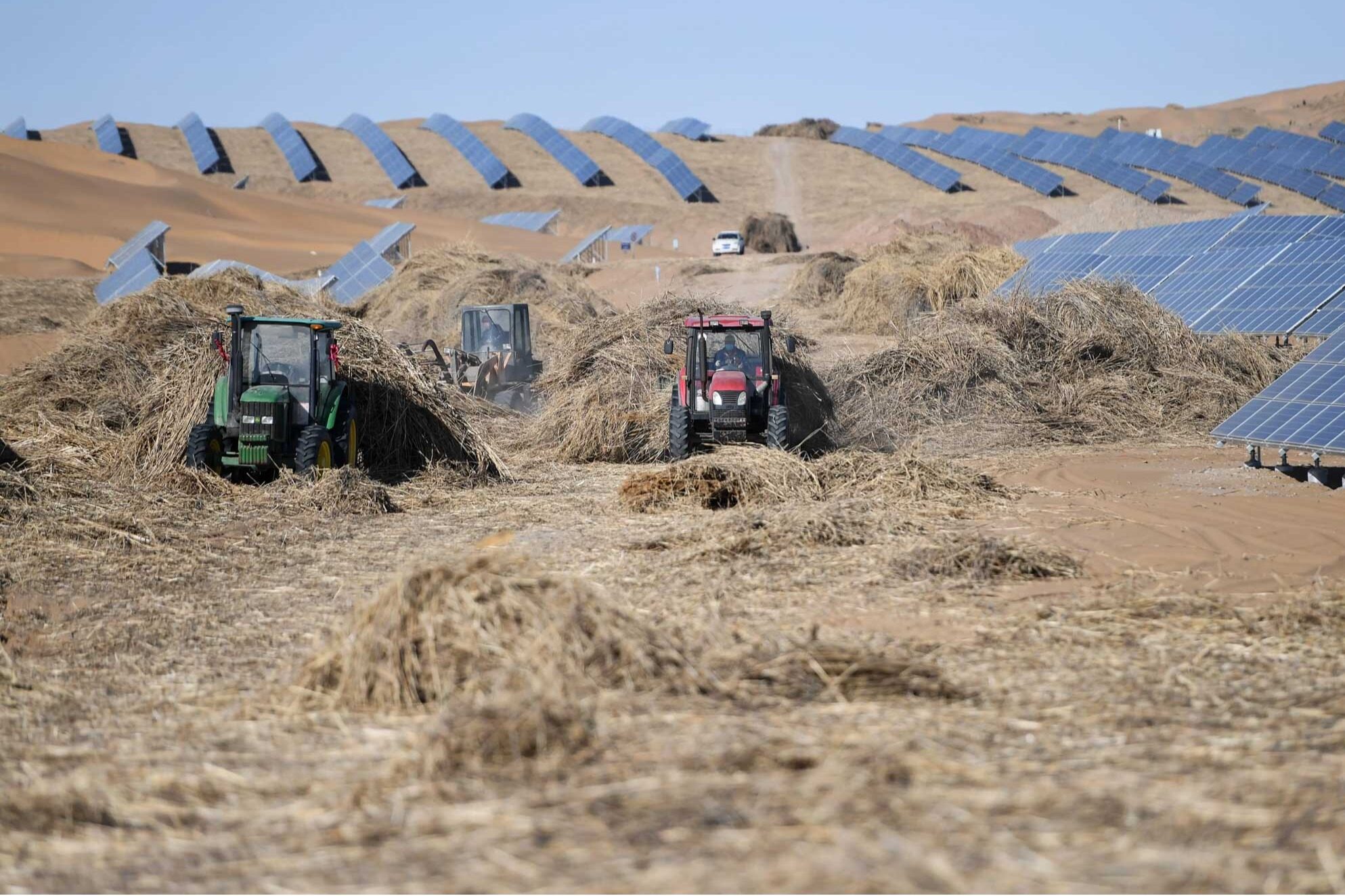
In China's vast territory, the total area of deserts and Gobi is as high as 1.28 million square kilometers, accounting for 13% of the total land area. Nearly 80% of these deserts are concentrated in the northwestern part of the mainland of the motherland. Chen Ningbu, a herdsman in Daotu Gacha, Duguitala Town, Hangjin Banner, Inner Mongolia, said: "Mingsha does not harm people deeply, but when the wind blows sand, people disappear. I eat two taels of soil a day, and it is not enough to make up for it during the day and night. I have suffered from sand damage. Those who have suffered from this loss will remember this.” Thirty years ago, the Kubuqi people set foot on the road of sand control regardless of their return date. In the past 30 years, Kubuqi people leaned over the sand sea, tried and proved a set of effective Kubuqi sand control model by themselves - the party committee and the government's policy leadership, the industrialized management of enterprises, the market-oriented participation of farmers and herdsmen, Technology continues to innovate.

In the hot summer, the desert should have been filled with dunes and sandstorms. This is not only because of the unique tourism characteristics of the Kubuqi Desert, but also because of the achievements in sand control that people have achieved in this desert in recent years. Up to now, the total area under control of Kubuqi has reached 6,460 square kilometers, more than one-third of the total desert area. The history of "sand entering and people retreating" has since ended, and this place has become the only desert in the world that is managed as a whole. Eric Solheim, UN Under-Secretary-General and Executive Director of UN Environment, believes that in Kubuqi, the desert is not a problem, but an opportunity to combine people's poverty alleviation and economic development. The case provides the world with more sand control experience.
Photovoltaic experience in China's experience
The Kubuqi Desert is located in the central and western parts of Inner Mongolia, on the southern bank of the "Ji" bend of the Yellow River on the Hetao Plain. A bucket of sand". According to the "Book of Songs", in the Western Zhou Dynasty 3,000 years ago, the Kubuqi Desert was once a grassland with abundant water and grass and flocks of cattle and sheep, where herdsmen of many ethnic groups lived and multiplied. However, after the impact of the Yellow River for thousands of years and the destruction of human civilization by wars, the once prosperous land was gradually covered by yellow sand and turned into a barren area with few plants and little rain. Sand prevention and control is not only a problem of survival, but also a subject of development. In the face of the harsh natural environment, Kubuqi people have explored a path of development that is green and rich, from fear to resistance, from desert prevention and control to the use of desert to develop green economy.
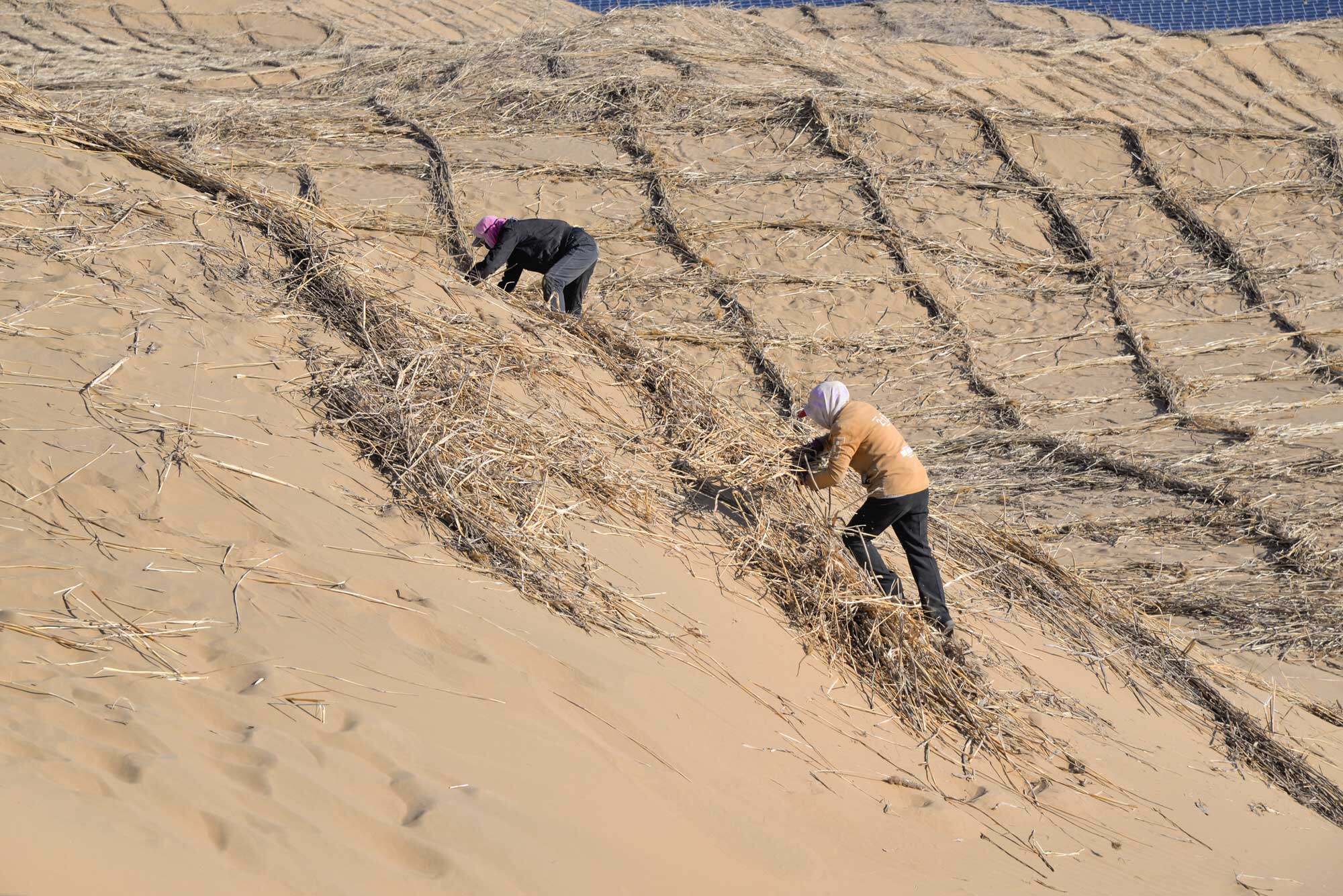
Desertification is a global environmental and social problem that cannot be ignored by the international community. According to the Global Desert Outlook report published by the United Nations Environment Programme, the problem of desertification is becoming more and more serious. More than 40% of the earth's land is dryland, and 1/3 of the world's population Live in arid regions. The climate deterioration, poverty, and biological extinction caused by desertification also seriously hinder the development of human society. In the 2030 Sustainable Development Goals of the United Nations, desertification and the environmental and social problems brought about by desertification are also extremely concerned.
China was once one of the countries with severe desertification in the world. According to the national desert, Gobi and desertification land census and desertification survey results, China's desertified land area is 2.622 million square kilometers, accounting for 27.4% of the country's land area. Nearly 400 million people are affected by desertification. Impact. According to the research of international cooperation projects between China, the United States and Canada, the direct economic loss caused by desertification in China is about 54.1 billion yuan.
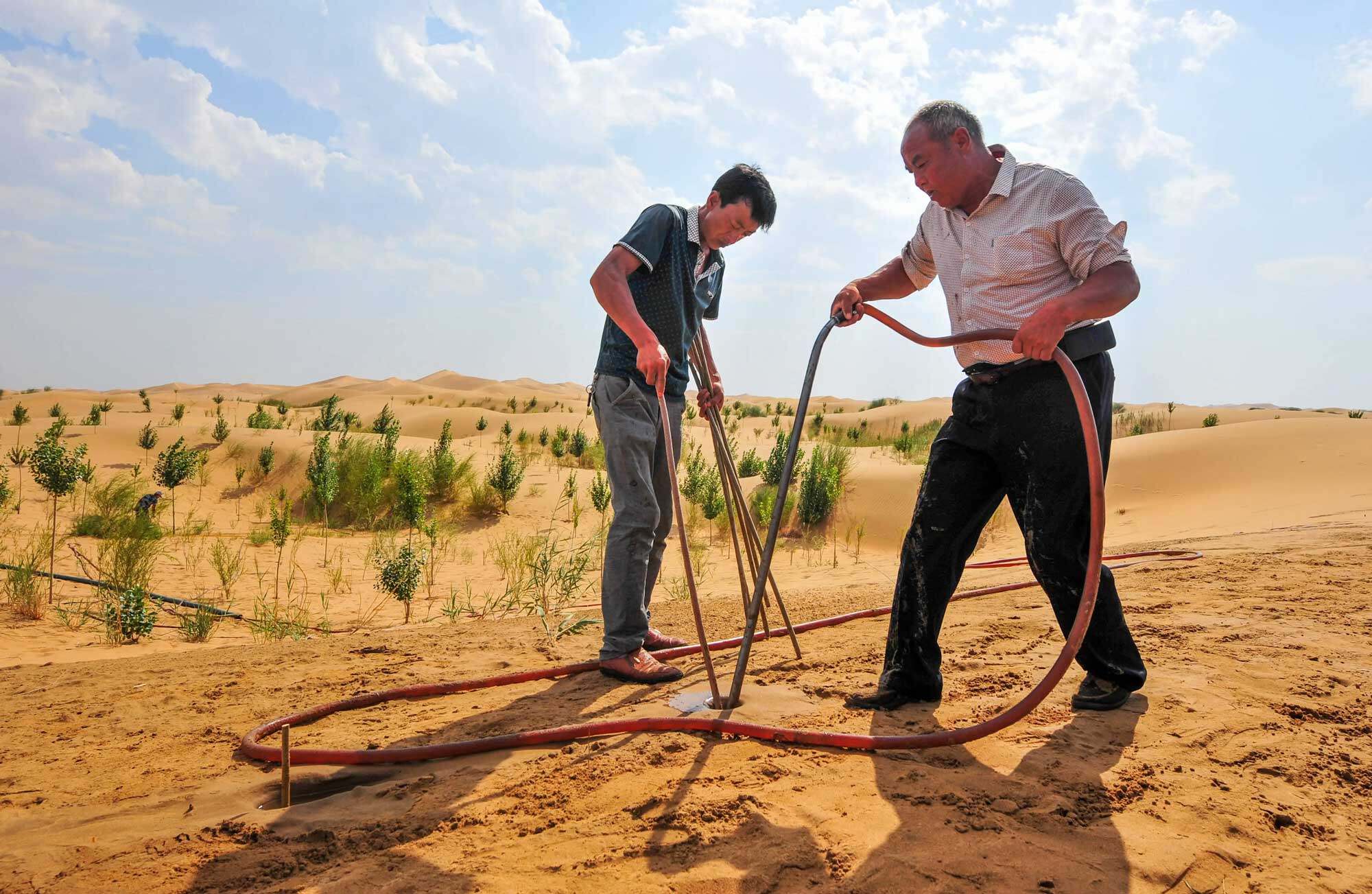
The Kubuqi Desert, the seventh largest desert in China in the Inner Mongolia Autonomous Region, was once one of the most severely desertified areas in China, causing the surrounding areas and even the capital Beijing to suffer from desertification. In the past 30 years, with the unremitting efforts of generations of sand control workers, the Kubuqi Desert has undergone earth-shaking changes. At present, the vegetation coverage rate of the Kubuqi Desert has reached 53%, and the Kubuqi Desert, which was once called "a basin of sand hanging over the capital", is almost destroyed. According to United Nations data, the Kubuqi ecological restoration project has created a value of nearly 1.8 billion US dollars, providing valuable Chinese experience for global desertification control.
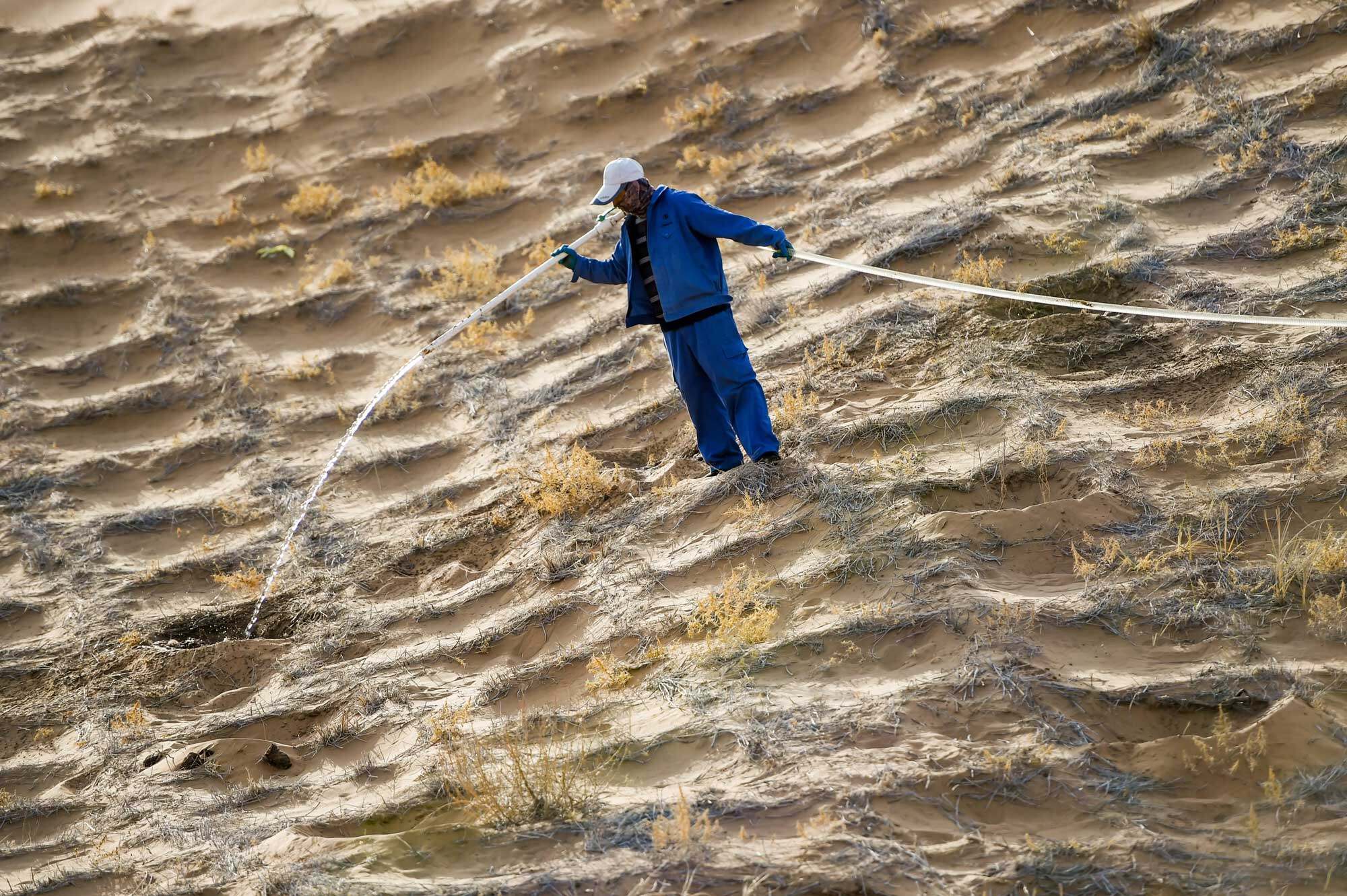
At present, the Kubuqi Desert has formed an integrated ecological cycle industry chain of "desertification prevention and control-ecological restoration-industrial development-soil improvement", and a mature and replicable sand control system has been established. Among them, the successful exploration of photovoltaic desertification control is a highlight of Kubuqi's "Chinese experience" in desertification control.
Photovoltaic and sand control have the inherent advantages of complementary resources. A large number of deserts and Kubuqi have more than 3,180 hours of sunlight per year, which provides the required land resources and light resources for photovoltaic power generation, and photovoltaic power generation can bring considerable electricity sales. income can effectively increase the value of the land. In addition, the large-scale installation of photovoltaic modules can reduce soil moisture evaporation, maintain moisture for crops planted under the board, which is more conducive to plant growth, and helps desert greening and the development of planting and aquaculture.
Photovoltaic desertification control in Kubuqi has entered the 5.0 era, forming a systematic model centered on the five elements of "on-board power generation, off-board planting, inter-board farming, sand control and soil improvement, and industrial poverty alleviation". In this mode, on the one hand, photovoltaic power generation can be directly converted into energy forms such as electricity and heat sources to generate economic effects, and it can also provide energy for inter-board farming. On the other hand, through planting under the board to form a characteristic ecological planting industry, the residue can provide fodder for inter-board breeding, forming a characteristic ecological animal husbandry industry, and the animal husbandry manure can be used as fertilizer for back-feeding planting, realizing "ecological restoration and land appreciation" , photovoltaic industry, planting and breeding industry, farmers and herdsmen get rid of poverty and become rich” five levels of circular income.
Mr. Li Zhenguo, President of LONGi, said that the large-scale application of photovoltaic power generation can solve the problem of water sources for desert greening. He believes that one of the core problems of desert greening is the problem of water sources. In the past, the reason why no large-scale water diversion was proposed was because the energy consumption required for water diversion could not be met. Moreover, under the energy structure dominated by fossil fuels, the energy consumed by water diversion will also generate a large amount of carbon emissions, which is not beneficial to improving the environment.
Driven by technological progress, the cost of photovoltaic power generation has dropped significantly. In the near future, photovoltaic power generation will become the most economical energy type in most regions of the world. Through the combination of photovoltaic and energy storage, it can fully meet the needs of large-scale water diversion and greening of the desert, and in this process, the energy consumed is generated by photovoltaic power generation, and no carbon emissions will be generated.
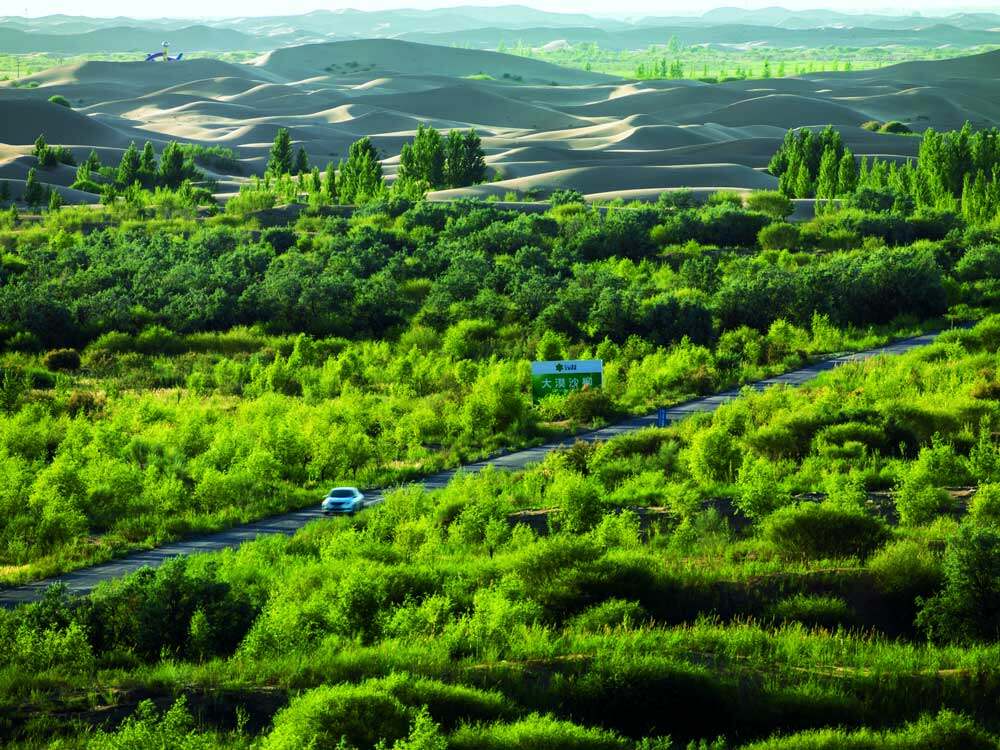
Regarding the huge social and ecological effects that "photovoltaic power generation + desert greening" can bring to human beings, President Li Zhenguo said that according to the research of authoritative institutions, the use of 1% of the global desert area for photovoltaic power generation can meet the energy demand of human beings , and when 70% of the earth's desert area becomes an oasis, it can absorb all the carbon emissions generated by human activities. At that time, all social and environmental problems caused by carbon emissions can be solved.
Kubuqi model goes to the world
Through unremitting efforts, Kubuqi desert governance has driven industrial development, improved the production and living conditions of farmers and herdsmen, and promoted poverty alleviation and prosperity. The negative assets of the desert have become green assets for regional economic development, and the yellow sand has become a With lucid waters and lush mountains, invaluable assets and invaluable assets, more farmers and herdsmen have shared the fruits of desert ecological improvement and green economic development.
Nearly 35% of poverty-stricken counties in China and nearly 30% of the poor population are located in the northwest sandy area. The relevant person in charge of the State Forestry and Grassland Administration said that in addition to consolidating the existing model of sand control and poverty alleviation, it is necessary to attract poor people and participate in them. Ecological construction and protection in sandy areas to achieve poverty alleviation. Yang Sanxiao, a farmer in Yijinhuoluo Banner, Ordos City, Inner Mongolia, planted 80 mu of Salix in his home. These Salixes can not only prevent wind and fix sand, but also bring him income. Salix is like a leek. It is not afraid to cut it. Cutting it every once in a while will also help new tree shoots grow. By planting Salix, the old poplar can get rid of poverty and increase his income.
In Kubuqi, there are 3,180 hours of natural sunshine resources per year. The local government has introduced ecological enterprises, using photovoltaic panels, on-board power generation to produce green energy, planting grass between the panels to prevent wind and sand, and developing aquaculture under the panels. The key is that these It can bring income to the local poor households.
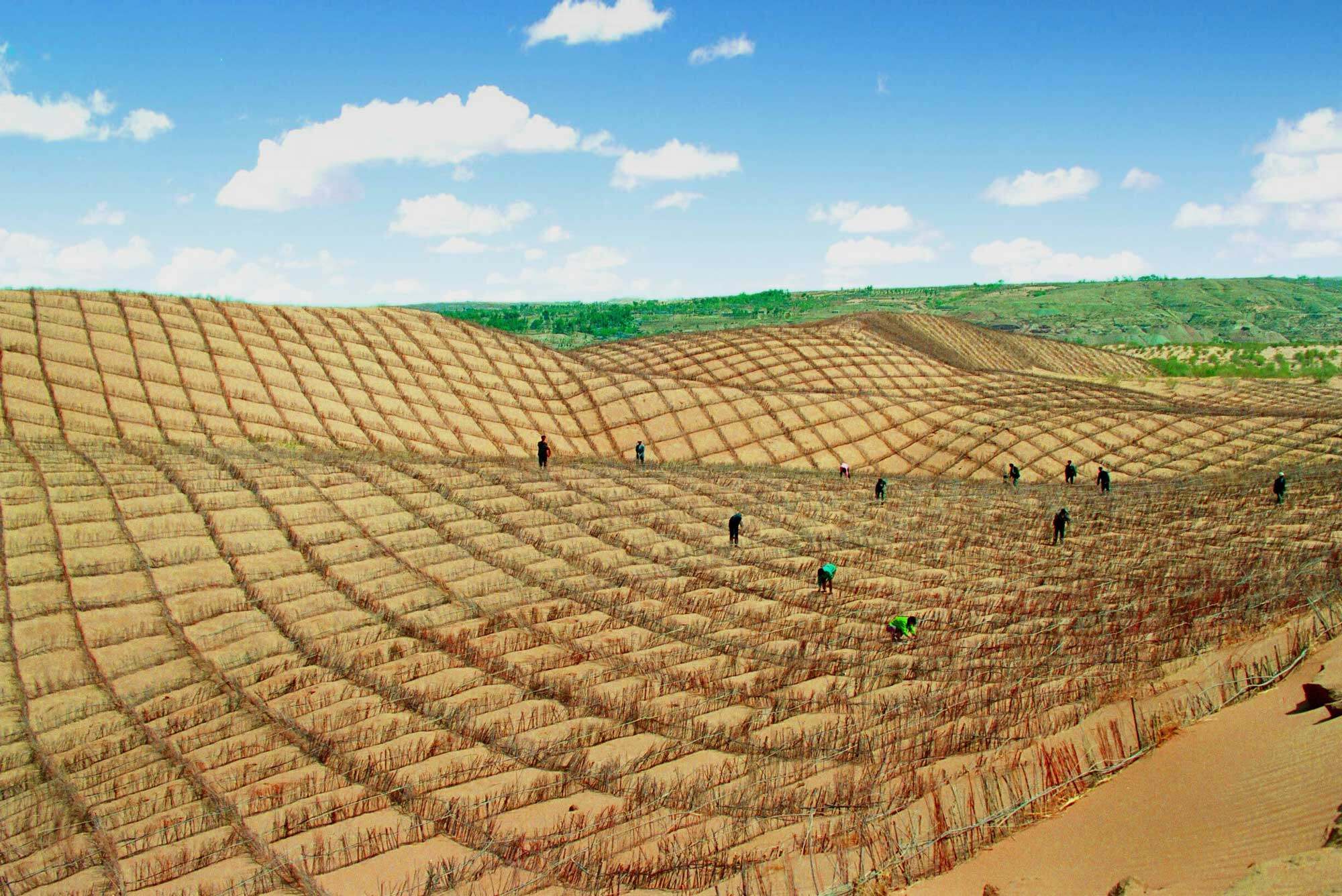
After 30 years of governance, one-third of the Kubuqi Desert has become an oasis, becoming the only desert in the world that has been completely governed. The Kubuqi sand control model has successfully implemented the concept of "lucid waters and lush mountains are invaluable assets" proposed by General Secretary Xi Jinping, and has been called a "global sand control sample" by the United Nations. At present, Kubuqi sand control technology has been successfully replicated in Xinjiang, Tibet, Qinghai, Gansu, Yunnan, Hebei and other places, and has been promoted to countries along the Belt and Road such as Saudi Arabia and Mongolia. Not only that, the Kubuqi Desert Governance Model provides a "Chinese solution" for global desertification control and "Chinese experience" for promoting sustainable human development. Kubuqi's sand control model has attracted the attention of the international community. It has gone abroad and entered the Middle East, Africa and other countries along the Belt and Road, helping more people who are unremittingly seeking in the sand sea to build a sustainable community with a shared future for mankind.
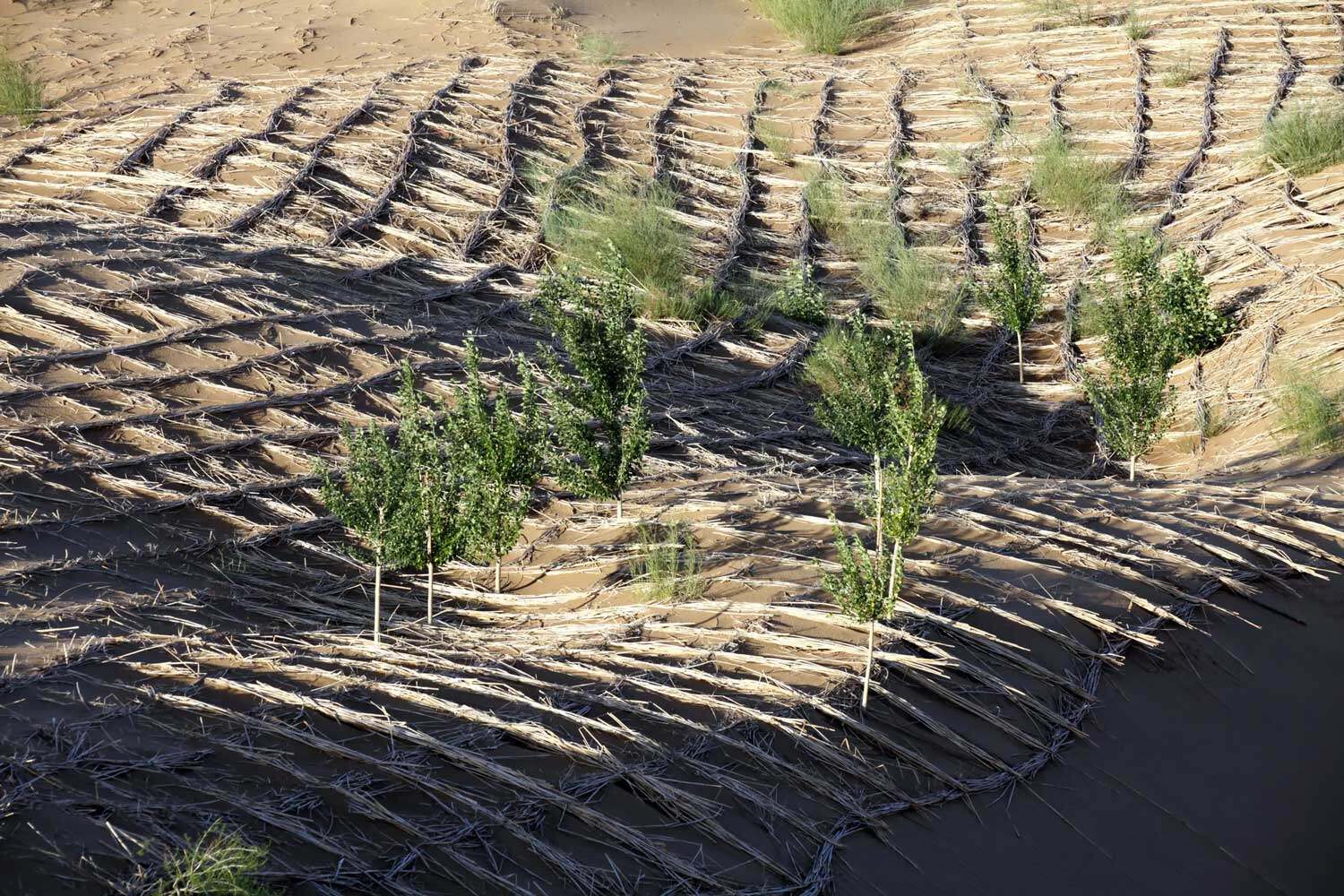
On September 6, 2017, the 13th Conference of the Parties to the United Nations Convention to Combat Desertification with the theme of "Jointly Combat Desertification and Seek Human Well-being" was held in Ordos. The meeting reached the "Ordos Declaration", and Kubuqi, as China's successful practice of desertification prevention and control, was included in the United Nations Declaration jointly drafted by representatives of more than 190 countries, becoming a global model for combating desertification.
Land desertification has become a chronic disease of the earth. In particular, more than 60 of the 65 countries involved in the Belt and Road Initiative are suffering from desertification, land degradation and drought. On September 10, 2017, the Belt and Road Desertification Control Cooperation Mechanism was officially launched. This also means that countries along the Belt and Road will join hands to resolve challenges and difficulties, share desertification control experience, and build an ecological security community. Based on this, the Kubuqi desert governance model has become a model of desertification control that can be used for reference, replication and promotion, and has been widely recognized by the international community, becoming a "green business card" for China to go global. Editor/He Yuting
Comment
 Praise
Praise
 Collect
Collect
 Comment
Comment
 Search
Search


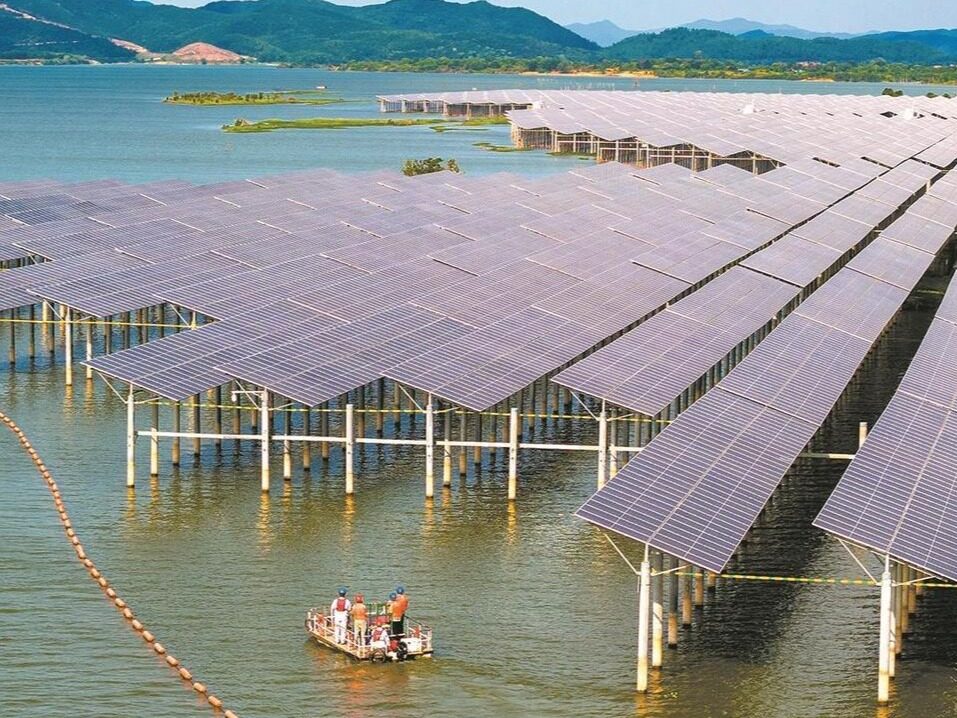
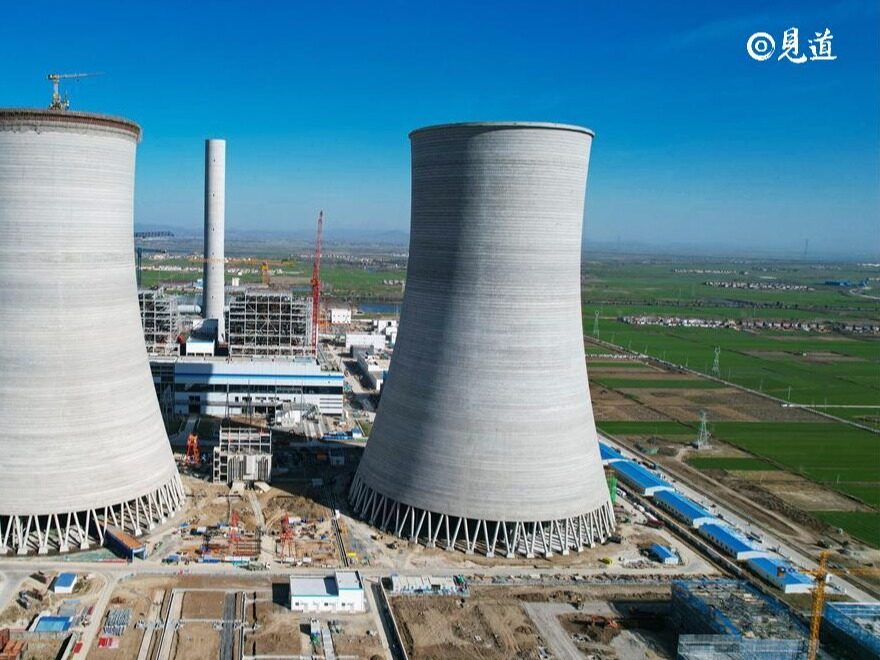
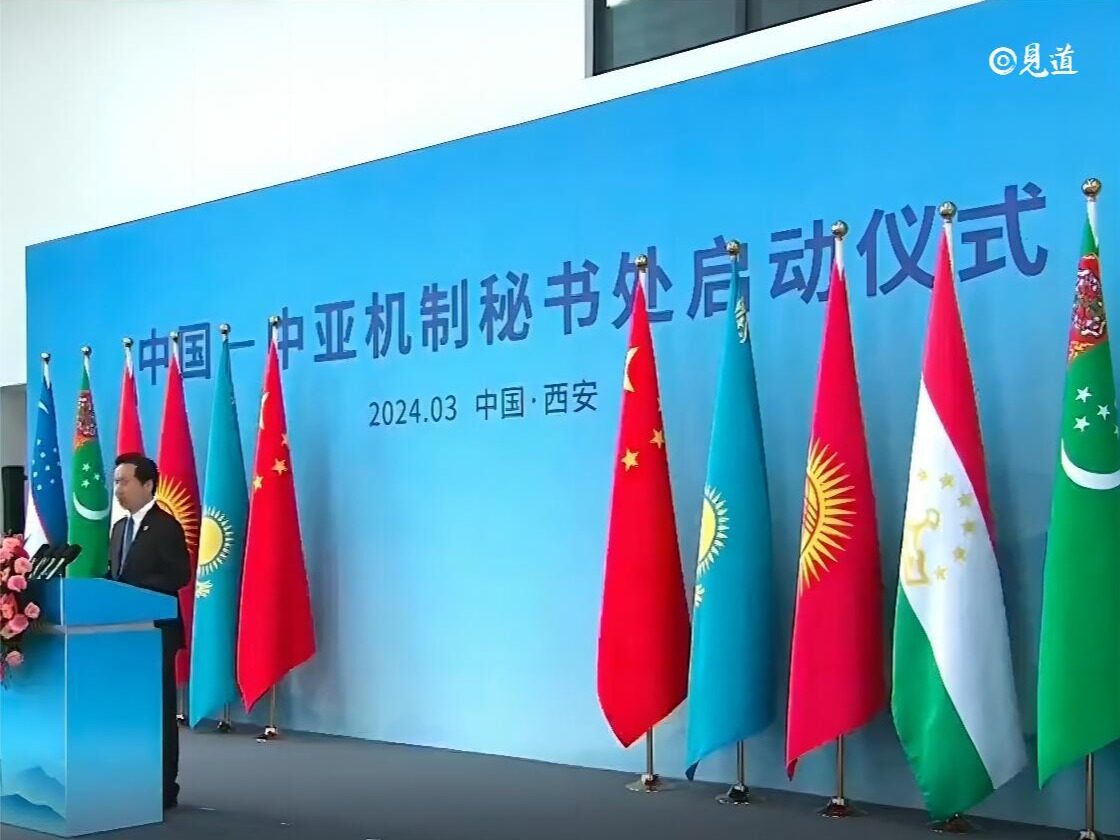
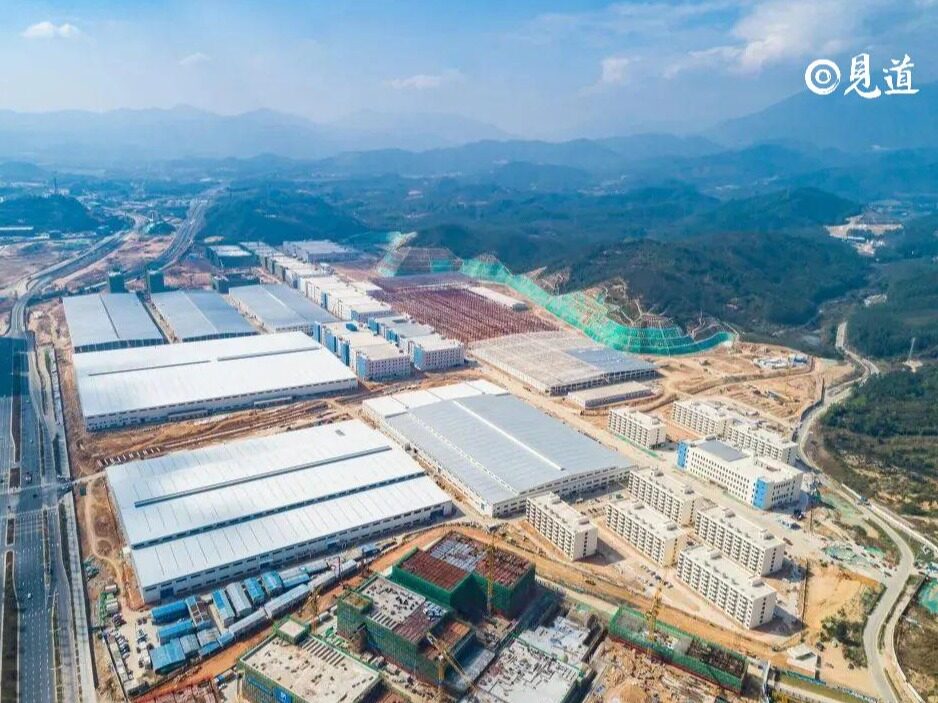
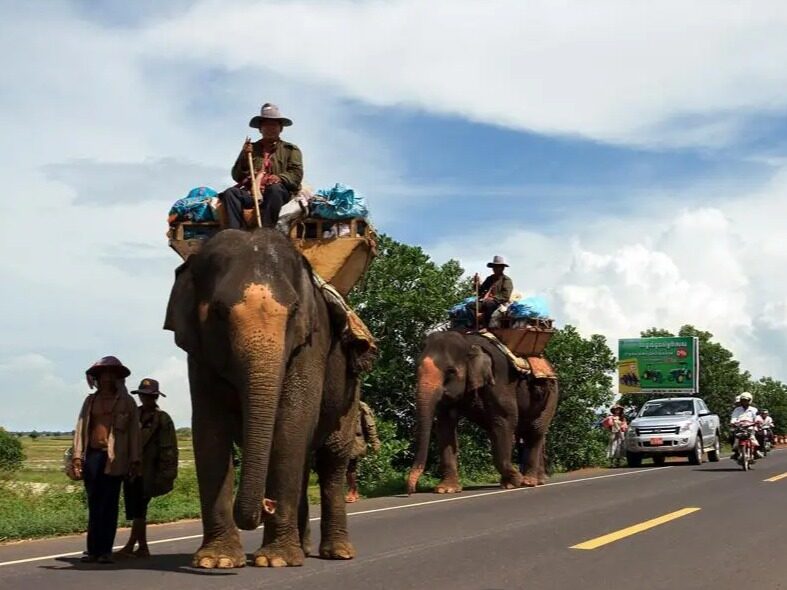
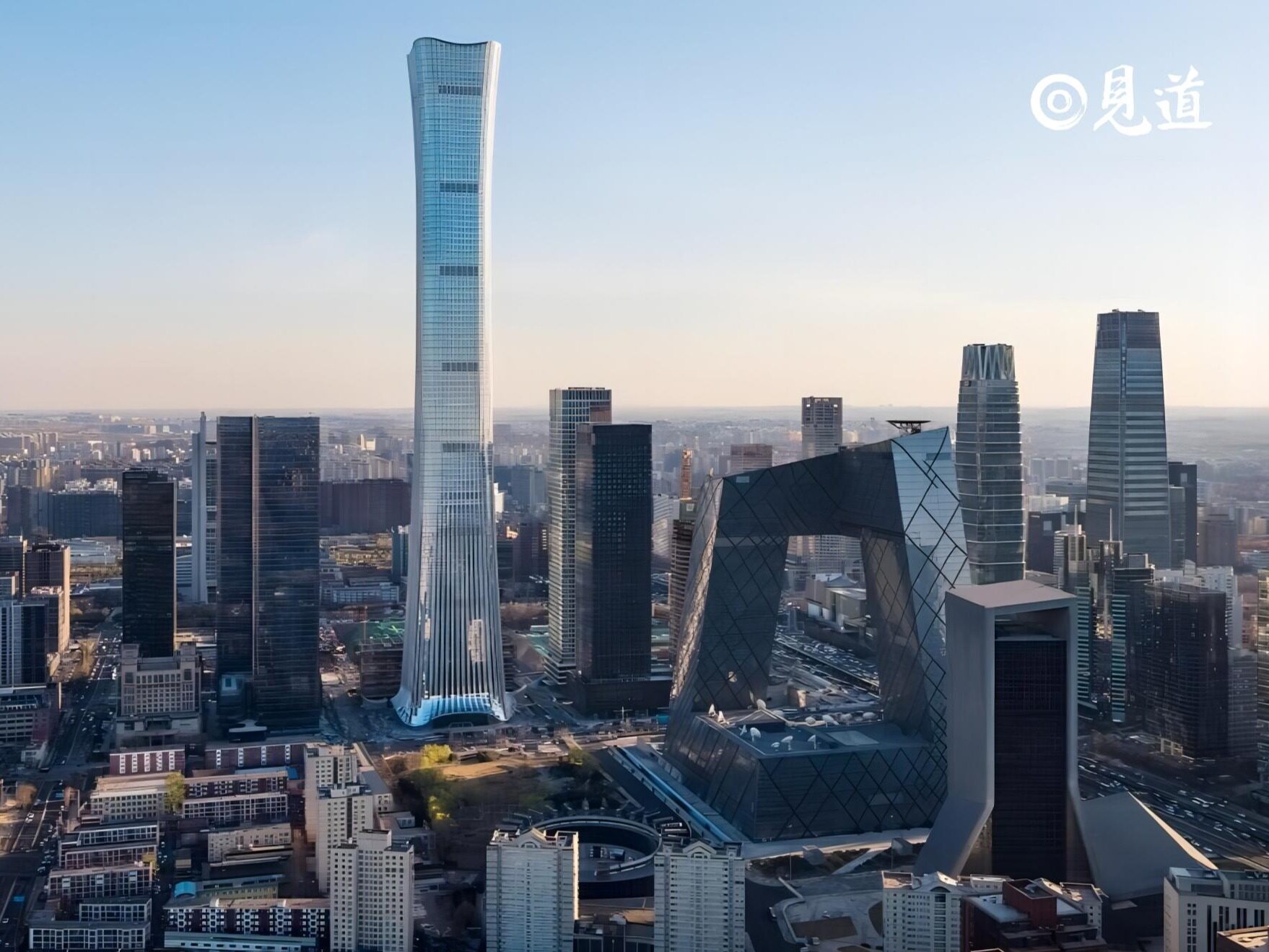






Write something~